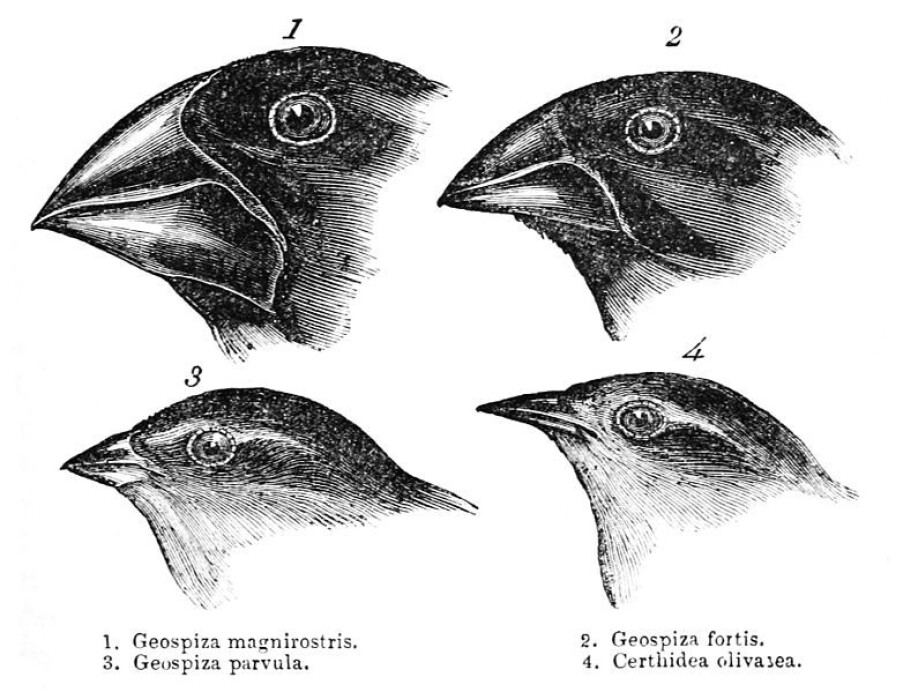THIS ARTICLE/PRESS RELEASE IS PAID FOR AND PRESENTED BY NTNU Norwegian University of Science and Technology - read more

Darwin had Galapagos finches. Norway has… house sparrows?
Uncommon lessons learned from the world’s most widespread bird.
The different species of Galapagos finches, with their specially evolved beaks that allow them to eat specific foods, helped Darwin understand that organisms can evolve over time to better survive in their environment.
Now, nearly 200 years later and thousands of miles away, biologists are learning some surprising lessons about evolution from northern Norwegian populations of the humble house sparrow (Passer domesticus).
“The house sparrow can actually tell us a lot about ecological and evolutionary mechanisms that are common in nature but are challenging to study in the wild,” says Thor Harald Ringsby, an associate professor at NTNU’s Department of Biology, in the latest episode of 63 Degrees North, NTNU’s new English-language podcast.
“And we can use the house sparrow as a model species where the results contribute to the current scientific discussions with insight about processes that are also going on in other species in the wild,” he said.

Painstaking work over many decades
Darwin’s finches evolved on the Galapagos Islands. NTNU’s house sparrows are dispersed over a group of 18 islands in Helgeland, in an archipelago that straddles the Arctic Circle.

Every summer since 1993, when NTNU Professor Bernt Erik Sæther started the House Sparrow Project, Ringsby and his colleagues have travelled to the islands collect data on the sparrows. They capture baby birds, measure different parts of their bodies, take a tiny blood sample, and then put a unique combination of coloured rings on their legs that help researchers identify the birds throughout their lifetime.
The years of painstaking work, documenting house sparrow populations and how they grow and change over time, has given them lots of information to test different evolutionary and biological ideas.
A common bird, uncommon experiments
“The house sparrow may seem like an unlikely creature for a long-term research project, but it’s actually perfect,” says Henrik Jensen, a professor at NTNU’s Department of Biology and one of the House Sparrow Project researchers.

“It’s easy to capture all the sparrows in a population, measure them, decide who will go back to the population and decide who will have to move away,” Jensen said. “This is a unique thing that we can do with house sparrows, people are not so worried about it. It’s not really threatened in northern Norway, so it’s not a conservation issue. And it lives very close to humans.”
The ability to capture virtually all the sparrows on an island meant the researchers could design a clever experiment where they could make evolution happen in real time when it came to body size — and then watch what happened after that, when they let nature run its course.

These are the kinds of questions that Darwin himself might have asked. What puts the limits on sizes for a species? Why aren’t house sparrows as big as house cats? To answer this question, the researchers needed to actually physically remove different birds from different islands.
“The core question here was focusing on whether there actually is an optimal body size for a population shaped by natural selection over time. What decides the size of individuals, why aren’t they smaller or larger than what we observe?” Ringsby said.
House sparrow dating preferences
The house sparrow project has also given researchers the opportunity to see what happens when they introduce new birds to an established population.
That’s important because researchers who are trying to save endangered or threatened species might want to do exactly that — introduce new individuals of the threatened species to an established population.
The researchers found that when they introduced male house sparrows to one of the islands, the males didn’t actually father that many offspring.
And they also found that females tended to prefer males that had bigger black badges on their chests. But these males… they weren’t the best partners for an overworked female raising hungry chicks. But to find out more, you’ll have to listen to the podcast.
See more content from NTNU:
-
Why are pregnant women in Norway so worried?
-
Politics on Facebook: Populist parties choose divisive issues on purpose
-
Social media is connected to cyberbullying – but not how we thought
-
Forskere ved NTNU får nesten 24 millioner av EU for å lage nye strømomformere
-
This helps the youngest children enjoy school more
-
Can we tap the ocean’s power to capture carbon?





































